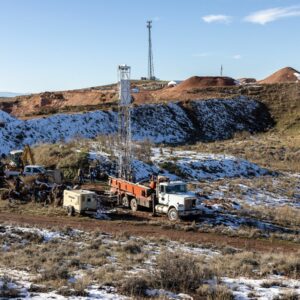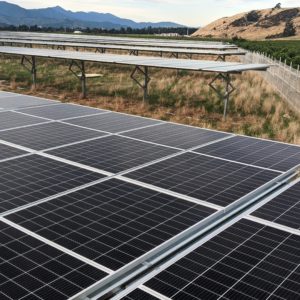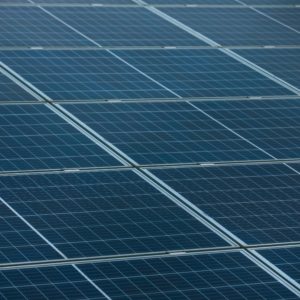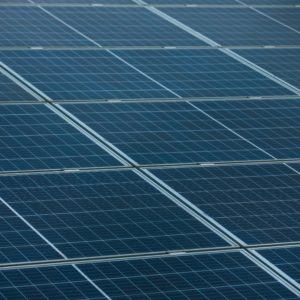"The U.S. consumed an annual average of 8,300 metric tons of rare-earth oxides in recent years, according to estimates from the U.S. Geological Survey. Ramaco and its third-party consultant estimate there are as much as around 1.1 million metric tons of rare-earth oxides in just over a quarter of the nearly 16,000 acres of land that comprise the site."
Green energy investment headwinds threaten Joe Biden’s climate targets
"The typical project built in 2022 took five years from the interconnection request to commercial operations, compared with three years in 2015. The backlog is worsening as more projects are attracted due to the incentives in the IRA, according to the report."
An Innovative Financing Model Is Ensuring Everyone Can Afford a Heat Pump
"Heat pumps don’t just make heating and cooling easier, they also cut the very carbon pollution that is making extreme heat more intense. The switch from propane heaters to heat pumps can cut a household’s annual carbon emissions by 6.3 tons, according to one analysis from Rewiring America, a nonprofit dedicated to electrifying homes across the U.S."
Carbon Removal Isn’t Just for Corporations. Individuals Are Paying For It, Too
"Other carbon removal companies, from Undo Carbon in London to Noya in San Francisco, have also started selling services to individuals. Climeworks, for its part, has attracted nearly 20,000 individual buyers to participate in its carbon removal program since 2019. As it takes time for companies to build out infrastructure to remove carbon and undergo a third-party validation of their work, it’s not uncommon for buyers to wait for years until their purchases can be delivered."
Why burying power lines is an effective, but very expensive way to prevent wildfires
"Since PG&E earns a guaranteed rate of return on capital investments, the utility is inherently incentivized to undertake more expensive infrastructure projects such as undergrounding, explained Morsony and Daniel Kirschen, a professor of power and energy systems at the University of Washington. This is how the utility makes money, not by selling electricity or gas."
Why Rivian is funding a $1 billion solar project built on a Kentucky coal mine
"The power purchase agreement was motivated by Rivian’s goal of operating with net-zero carbon emissions by 2040. The EV company is investing in both solar and wind projects to reach that target. It also wants to add low-carbon electricity to local grids that are currently still dominated by fossil-fuel sources."
Economic Lessons from the Heart of South America: Paraguay
As the heart of South America, Paraguay is leading the way for other developing nations to follow.
The Secret Behind the First $1 Billion Green Hydrogen Startup
"Electric Hydrogen aims to further drive down costs. By 2030, customers will be able to produce hydrogen in renewables-rich states such as Texas for roughly $1.50 per kilogram, in line with hydrogen made from natural gas, it says."
Amazon, IKEA and Patagonia have joined a group to buy zero-emissions maritime shipping fuel
“By working together, these companies might bring more options to the table than if a single company went out and tried to do so alone, and thus spur the market for complicated new technology, Leverdige said. It is significant that the request is for enough fuel to move 600,000 units, which Leveridge called ‘a substantial’...
Bets on energy transition spark rise in North American pipeline deals
"TC Energy, the Canadian company behind the abandoned plan to build the controversial Keystone XL crude oil pipeline, is in the process of spinning off its oil business to focus on handling natural gas, a split it said would leave TC 'uniquely positioned to meet growing industry and consumer demand for reliable, lower-carbon energy.'"









